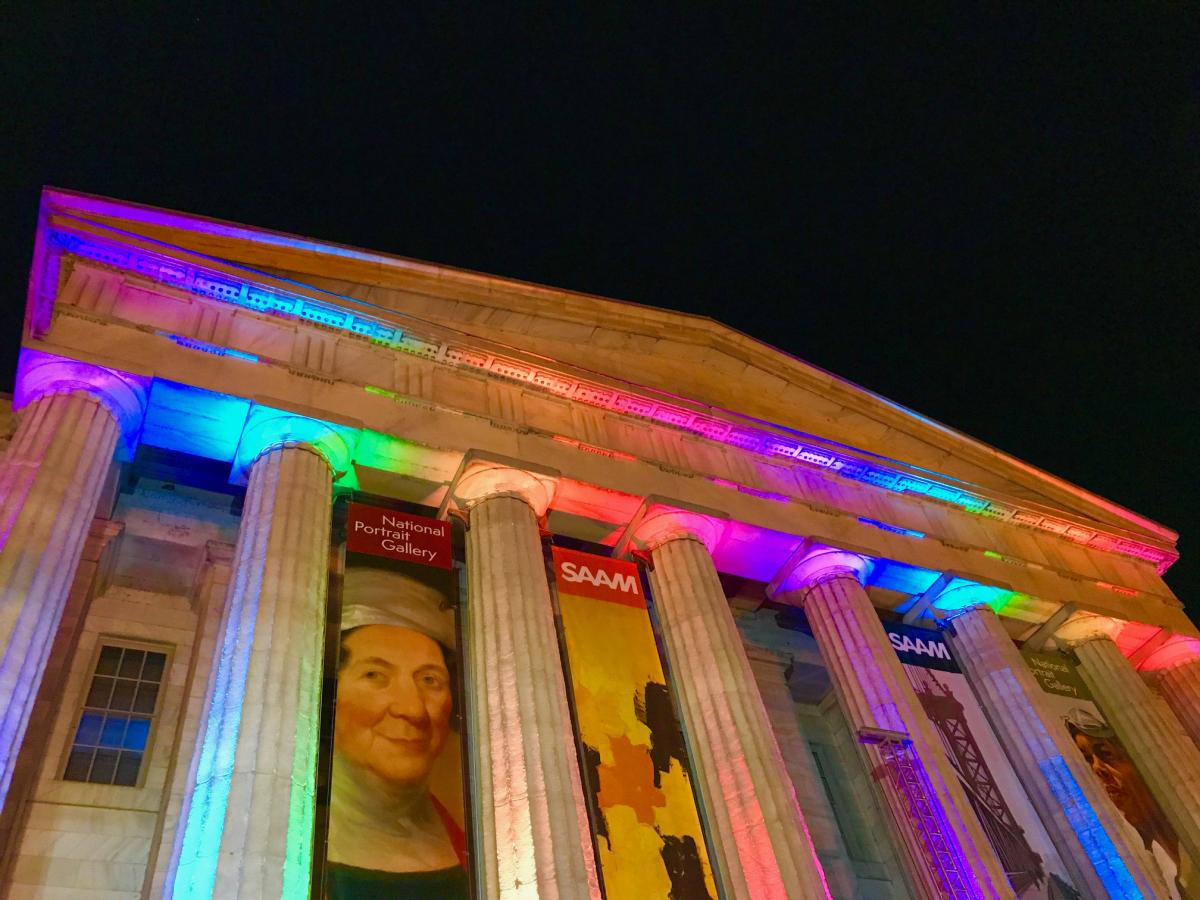Celebrating ‘Pride Month’: The Many Ways Museums Promote LGBTQ+ Art and History

Let's delve into the pivotal role museums play in promoting LGBTQ+ art and history.
***** Preserving LGBTQ+ Heritage *****
One of the primary roles of museums is the preservation of history. LGBTQ+ history has often been marginalized or omitted from mainstream narratives. Museums that focus on LGBTQ+ art and history ensure that these stories are preserved for future generations. Exhibitions and collections dedicated to LGBTQ+ topics safeguard the rich and diverse heritage of the community, from ancient civilizations to modern times.
Institutions like the Leslie-Lohman Museum of Gay and Lesbian Art in New York City are at the forefront of this effort, housing extensive archives and art collections that celebrate LGBTQ+ identities and experiences. By preserving these works, museums provide a vital historical record that acknowledges the contributions and struggles of LGBTQ+ individuals.
https://www....lielohman.org
***** Educating the Public *****
Museums are educational spaces that have the power to shape public understanding and attitudes. By curating exhibitions that explore LGBTQ+ themes, museums educate visitors about the community's history, culture, and contributions. These exhibitions often challenge preconceived notions and encourage empathy and understanding.
For example, the exhibition "Hide/Seek: Difference and Desire in American Portraiture" at the Smithsonian National Portrait Gallery was groundbreaking in its exploration of gender and sexuality in American art. It provided a platform for discussing LGBTQ+ themes in a major national institution, sparking conversations and increasing awareness.
https://npg....-portraiture”
***** Providing Visibility and Representation *****
Visibility is a powerful tool for social change. Museums that include LGBTQ+ art and history in their programming provide much-needed representation for the community. This visibility validates the experiences of LGBTQ+ individuals and promotes a more inclusive cultural narrative.
Special exhibitions, like the British Museum’s "Desire, Love, Identity: Exploring LGBTQ Histories," showcase objects from various cultures and time periods that reflect LGBTQ+ experiences. Such exhibitions not only highlight the diversity within the community but also emphasize the universality of love and identity.
https://www....btq-histories
***** Fostering Inclusivity and Community *****
Museums have the potential to create inclusive spaces where all visitors feel welcome and represented. By actively promoting LGBTQ+ art and history, museums demonstrate their commitment to diversity and inclusion. This effort can transform museums into safe spaces for LGBTQ+ individuals and allies to gather, learn, and celebrate their culture.
Programs like LGBTQ+ tours, workshops, and panel discussions further engage the community and provide platforms for dialogue and connection. Museums like the GLBT Historical Society Museum in San Francisco host events that bring together artists, historians, and the public to explore LGBTQ+ topics, fostering a sense of community and shared purpose.
https://www....bthistory.org
***** Supporting LGBTQ+ Artists *****
Museums play a vital role in supporting LGBTQ+ artists by providing them with platforms to showcase their work. By featuring LGBTQ+ artists in exhibitions and permanent collections, museums elevate their voices and contributions. This support can be instrumental in advancing the careers of LGBTQ+ artists and ensuring their work reaches a broader audience.
Institutions like the Museum of Contemporary Art (MCA) Chicago have featured exhibitions such as "This Will Have Been: Art, Love & Politics in the 1980s," which included works by numerous LGBTQ+ artists. By highlighting these artists, museums help to normalize LGBTQ+ perspectives in the art world and beyond.
https://mcac...-in-the-1980s
Share Celebrating Pride Month Around Naperville | Come Paint With Us

